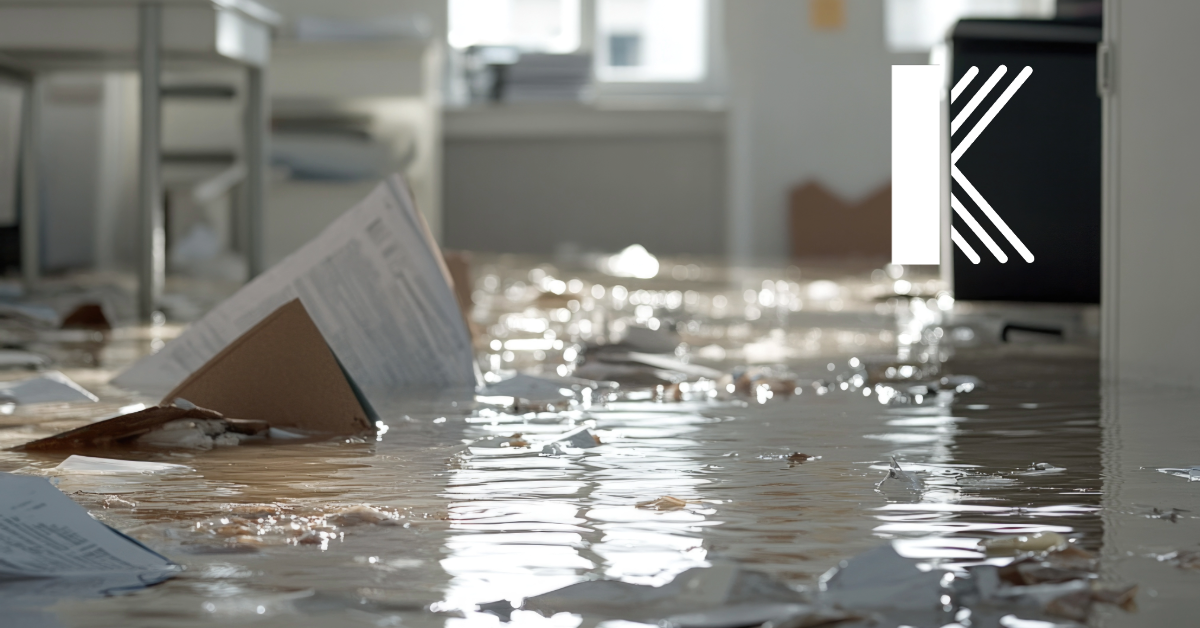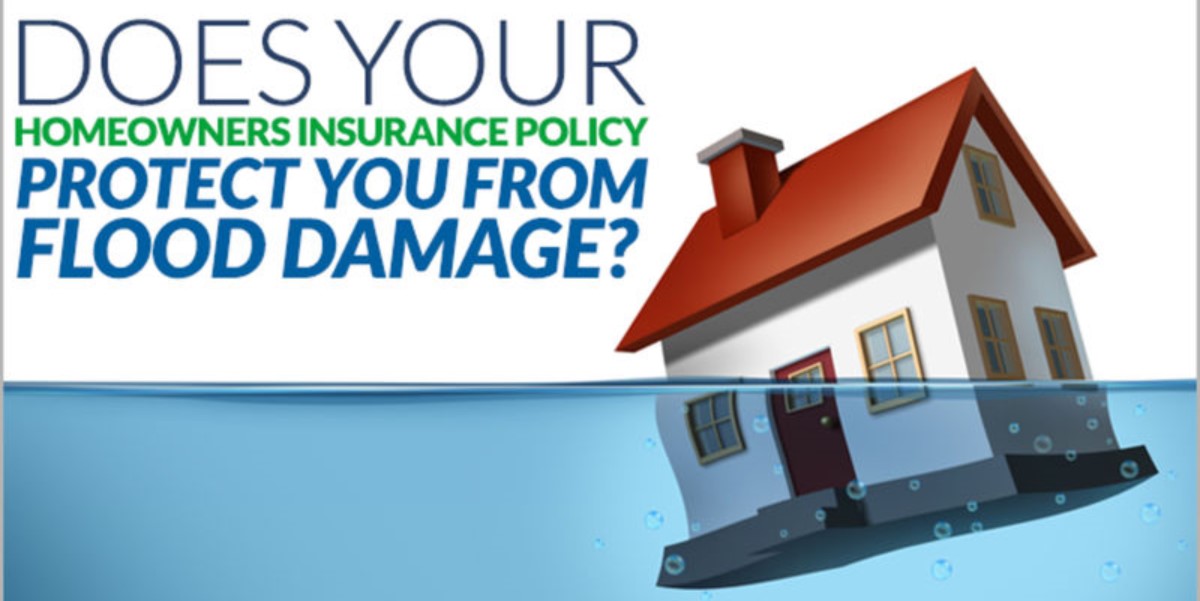1 min read
Flood 101: What You Need To Know About Flood Insurance
Levi Kastner
Jun 30, 2020 1:53:02 PM
.png)
What YOU NEED to Know About Flood Insurance: FLOOD 101
Flooding is the most common and costly natural disaster in the United States, with 90% of natural disasters in the U.S. involving flooding. Yet, most property owners don't think their building is susceptible to flood. Common opinions on flood insurance include, “I’m not in a flood zone..” “My realtor told me I am in a preferred flood area;” or the best, “It hasn’t flooded in this area in a few years.”
Because mortgage mandatory purchase requirements exist ONLY for buildings deemed to be in high-risk flood zones, most property owners assume that if it is not required, then the threat does not exist. This could not be more incorrect! The highest-risk areas have at least a 1% annual chance of flooding. To compare, the average chance of a home fire is 0.33%...nearly three times less likely to occur in any given year.
Key facts about low-risk flood zones include:
- More than 20% of claims come from properties located outside of the high-risk A and V flood zones.1
- More than one-third of the federal disaster assistance for flooding is allocated to properties found outside the high-risk A and V flood zones.
- The NFIP is comprised of 50% of properties in low-risk flood zones and 50% of properties in high-risk flood zones, even though more than 90% of properties exist in low-risk flood zones.4
- Where not required to carry flood insurance, 43% of property owners believe their property (homeowners) policies cover flood.
Risk Rating 2.0 Equity in Action
The NFIP has recently changed the way it determines flood risk and prices for flood insurance.
Rates are easier to understand and better reflect a property's flood risk.
Gone are the days of Prefered Rated Policies or "PRP" policies, or policies that were thought to be considered low-risk flood zones.
What is Risk Rating 2.0?
Risk Rating 2.0 is FEMA's new, individualized approach to risk assessment, built on years of investment in flood hazard information. By using new data, new flooding models, and new technology, Risk Rating 2.0 can assess many factors for individual properties including: - Frequency of flooding
- Multiple flood types- river overflow, storm surge, coastal erosion, and heavy rainfall
- Proximity to Flood Sources
- Building Characteristics, such as flood height and the cost to rebuild
-1.png)
You Need To Know About These Flood Insurance Changes: Risk Rating 2.0
FEMA has updated its National Flood Insurance Program According to FEMA.gov, FEMA has updated the National Flood Insurance Program's pricing...

2 min read
Why Flood Insurance Matters for Chiropractic Offices in Louisiana
Dr. Nguyen never thought her Lafayette chiropractic office was at risk of flooding. Her clinic wasn’t near a river or a mapped floodplain....



.png?width=2240&name=Cyber%20Insurance%20(3).png)
